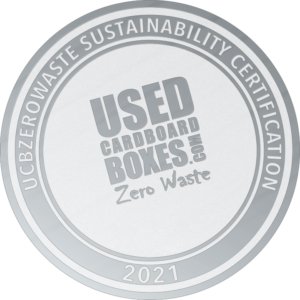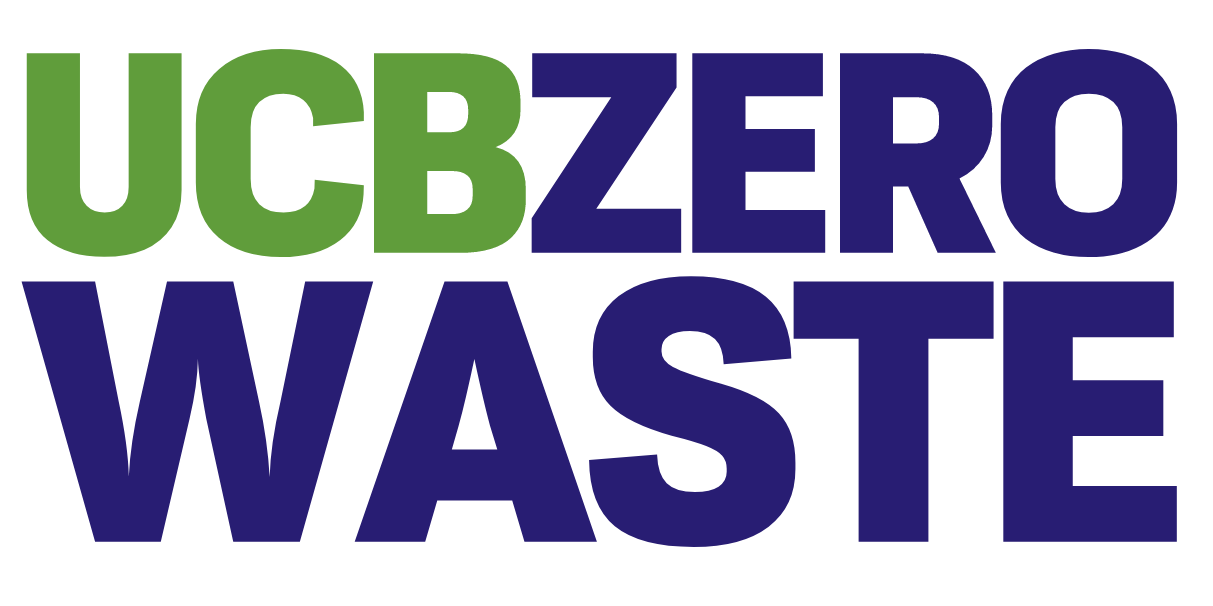Get zero waste certified by partnering with UCBZeroWaste!

Companies who engage with UCBZeroWaste are automatically eligible to receive a UCBZeroWaste Certification based on their efforts and successes to divert materials from landfill disposal into methods such as reuse and recycling that benefits the planet and clients’ bottom line. Through the UCBZeroWaste Certification, companies can improve their ESG rankings, and share their successes on annual reports with shareholders and customers alike. UCBZeroWaste clients receive real-time customized waste tracking reporting through our proprietary software called WATER (Waste Analytics and Tracking for Environmental Reporting) in which the data is used to determine their certification status.
How It Works
Guide to Certification
The UCBZeroWaste Certification Program evaluates a client’s progress across six categories:
1.
Manufacturing Waste to Landfill Diversion
All waste and its disposal method used that is generated while manufacturing a client’s products including breakroom and office waste. All facilities within a company’s footprint count towards this diversion rate. The manufacturing waste to landfill diversion rate is facility-specific.
2.
Non-Manufacturing Waste to Landfill Diversion
This category measures the non-manufacturing waste for one-time projects such as construction and demolition (C&D), or a service provided to the client by a non-disposal vendor such as a construction contractor.3.
Disposal Vendor Residual Waste Sent to Landfill
If a vendor is generating waste from material sent for recycle or reuse such as ash from a WTE facility or off-spec product from sorting, its disposal method will be tracked accordingly.4.
UCBZeroWaste 6-Step Process Completed
By implementing a proven 6 step process, clients can achieve Zero-Waste-to-Landfill as fast and cost-effective as possible: Step 1: Site Audit & Commodity Identification, Step 2: Organization & Separation, Step 3: Equipment & Optimization, Step 4: Education & Training, Step 5: Vendor Management & Auditing, Step 6: Real-time Tracking & Continuous Improvement. We will walk you through these steps, what it looks like, and how it helps you save money while improving your sustainability metrics.

